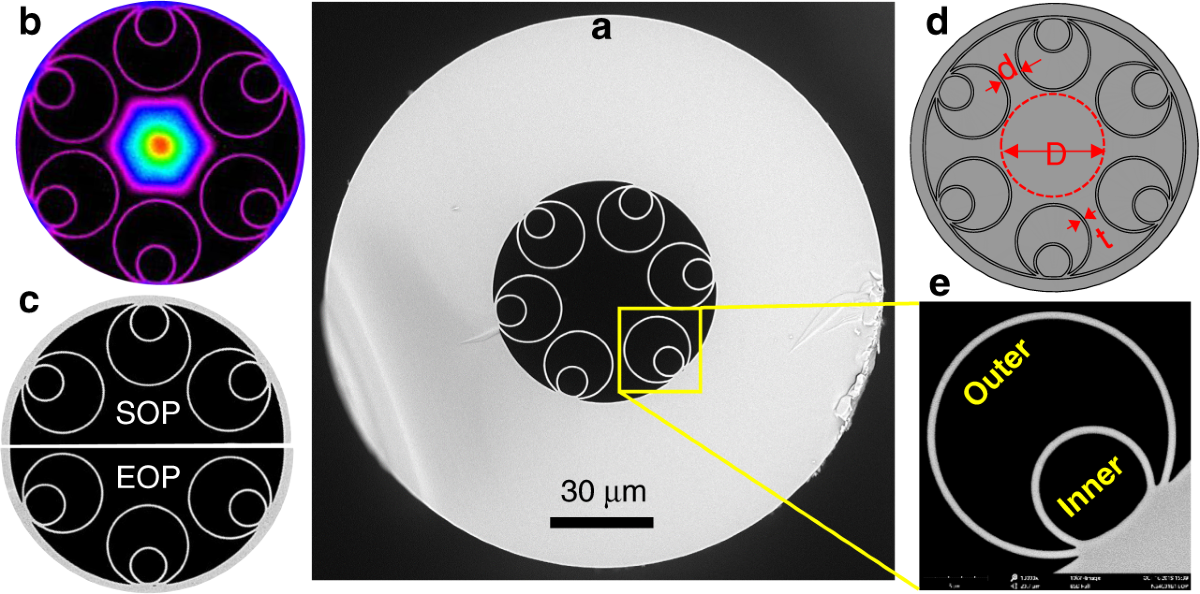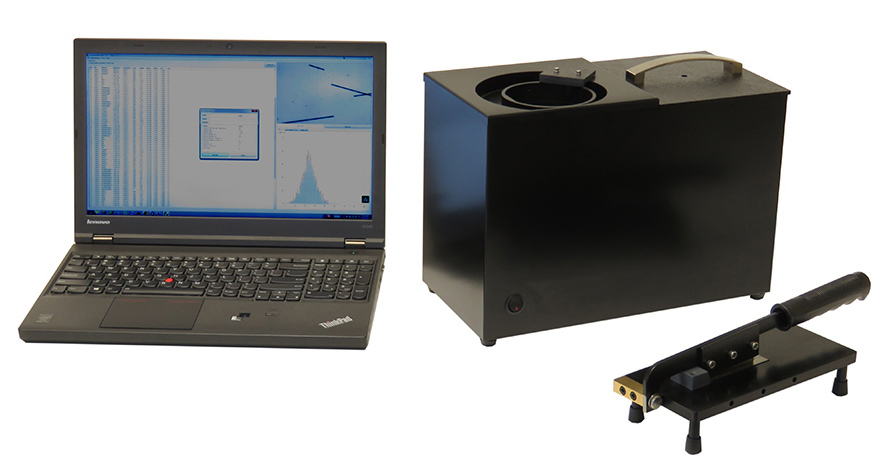High-Performance Optical Fibre Diameter Analyser for Specialized Applications
High-Performance Optical Fibre Diameter Analyser for Specialized Applications
Blog Article
Optimize Your Fibre Optic Efficiency: Comprehending Optical Fibre Size Analyser Technology
The performance of fiber optic systems is seriously influenced by the precision of their diameter, an element usually ignored in the pursuit of optimum signal integrity. Understanding the technology behind optical fibre diameter analysers reveals the detailed balance between dimension precision and production quality. These tools not only improve conformity with industry criteria but additionally offer real-time understandings that can preemptively resolve possible concerns. However, the ramifications of their usage extend past plain dimension; they can essentially modify the landscape of fibre optic effectiveness. What elements should one take into consideration to harness their full capacity?
Value of Optical Fiber Size
The diameter of optical fiber plays a crucial duty in determining the efficiency and performance of communication systems. Conversely, smaller sized diameters often tend to support less settings, which can enhance signal clarity and lower crosstalk.

Moreover, comprehending the size's effects can bring about set you back financial savings by minimizing the requirement for signal amplification and repeaters in comprehensive networks (optical fibre diameter analyser). To conclude, the importance of optical fiber diameter can not be overemphasized, as it directly impacts the overall efficiency and reliability of contemporary interaction systems

Just How Size Affects Signal Quality
Signal high quality in optical fibre systems hinges substantially on the size of the fiber. The diameter affects numerous vital criteria, including depletion, transmission capacity, and modal diffusion. A smaller diameter can bring about higher depletion prices, causing signal loss as light trips via the fibre. This depletion can endanger the honesty of the transmitted information, causing a decrease in signal high quality, specifically over lengthy ranges.
On the other hand, larger sizes generally permit enhanced light capture and minimized modal dispersion, boosting signal quality. In multimode fibers, a bigger core diameter can sustain multiple light modes, but it might likewise present intermodal dispersion, which can degrade signal quality. Selecting the optimal fibre size is critical for attaining the desired efficiency in particular applications.
Additionally, the communication between the fiber diameter and the wavelength of the light used plays a critical function in identifying the efficient transmission distance and general signal stability. As such, comprehending just how fibre size impacts signal top quality is crucial for network developers and designers striving to optimize optical fibre systems for reliable, high-speed data transmission.
Introduction of Size Analyser Modern Technology
In numerous optical fiber production processes, accurate measurement of fibre size is crucial for guaranteeing consistent efficiency and quality (optical fibre diameter analyser). Size analysers are innovative tools made to analyze the physical measurements of optical fibres with high accuracy. They employ innovative optical and laser technologies to determine the size, ovality, and concentricity of the fibre, hence providing vital data for quality assurance
These analysers can run in-line throughout the production procedure or as component of off-line screening protocols. In-line systems enable real-time tracking, enabling manufacturers to readjust criteria instantly, thereby keeping ideal manufacturing conditions. Off-line analysers, on the other hand, provide detailed assessments of sets, guaranteeing that any kind of deviations from defined resistances are determined and addressed.
Diameter analysers dramatically add to the reduction of problems in optical fibers, boosting general product dependability. By continually gauging essential specifications, these innovations facilitate conformity with market standards and specifications. As the demand for high-performance optical fibers proceeds to rise, the function of size analysers ends up being progressively crucial in achieving the desired top quality and performance requirements in fiber optic systems.
Key Attributes of Fibre Diameter Analysers
Although different designs of fibre diameter analysers exist, they generally share several crucial functions that improve their performance and dependability. Among one of the most considerable features is high-resolution measurement abilities, which make certain specific size readings, important for maintaining quality control in fiber production. Additionally, numerous analysers include advanced optical sensing units made to find minute variants in fibre size, therefore visit this website supplying indispensable data for procedure optimization.
Another important function is real-time surveillance, permitting drivers to get prompt responses on fibre diameter throughout the manufacturing procedure (optical fibre diameter analyser). This ability helps with fast changes and decreases the probability of issues. Lots of analysers likewise come equipped with easy to use user interfaces, allowing drivers to quickly browse with information and settings outputs
Moreover, durable data storage and evaluation functionalities are necessary for tracking historical efficiency trends and making sure compliance with industry requirements. These attributes collectively add to the effectiveness of fibre size analysers in enhancing fibre optic efficiency.
Finest Practices for Fibre Optimization

First, regular calibration of optical fibre size analysers is important. This makes sure accurate measurements and reduces potential discrepancies that might influence efficiency. Next, keeping a tidy working setting is important; dirt and contaminants can result in indicate degradation.
Additionally, it is necessary to select fibers that meet certain application requirements. This involves assessing factors such as depletion, bandwidth, and environmental problems. Correct installation techniques must likewise be complied with, consisting of preventing sharp bends and too much stress, which can jeopardize fiber stability.
In addition, utilizing sophisticated tracking systems can help with real-time performance evaluations, enabling punctual look at this now identification of concerns. Normal screening and maintenance should be conducted to ensure that fibers stay within optimum functional criteria.
Last but not least, training workers on the current fiber optimization modern technologies and methodologies will improve their capacity to apply effective approaches. By adhering to these ideal practices, companies can significantly enhance the efficiency and life-span of their optical fibre systems, making certain effective interaction and data transfer.
Verdict
Finally, the integration of optical fibre size analyser modern technology is vital for making the most of fibre optic efficiency. By making sure specific dimensions of fiber measurements, these analysers significantly enhance signal high quality and lower losses during information transmission. Normal calibration and maintenance of the analysers are important to support optimum performance and conformity with industry requirements. Ultimately, the application of this innovation promotes improved data transmission rates and enhances signal stability, adding to the general performance of fibre optic systems.
Signal high quality in optical fiber systems pivots dramatically on the size of the fiber.In several optical fiber production procedures, accurate dimension of fibre diameter is crucial for making certain consistent efficiency and high quality. As the need for high-performance optical fibres continues to rise, the function of size analysers becomes increasingly vital in attaining the desired top quality and efficiency requirements in fibre optic systems.
These see this here attributes jointly contribute to the effectiveness of fibre size analysers in enhancing fibre optic efficiency.
In verdict, the assimilation of optical fiber diameter analyser modern technology is essential for maximizing fiber optic performance.
Report this page